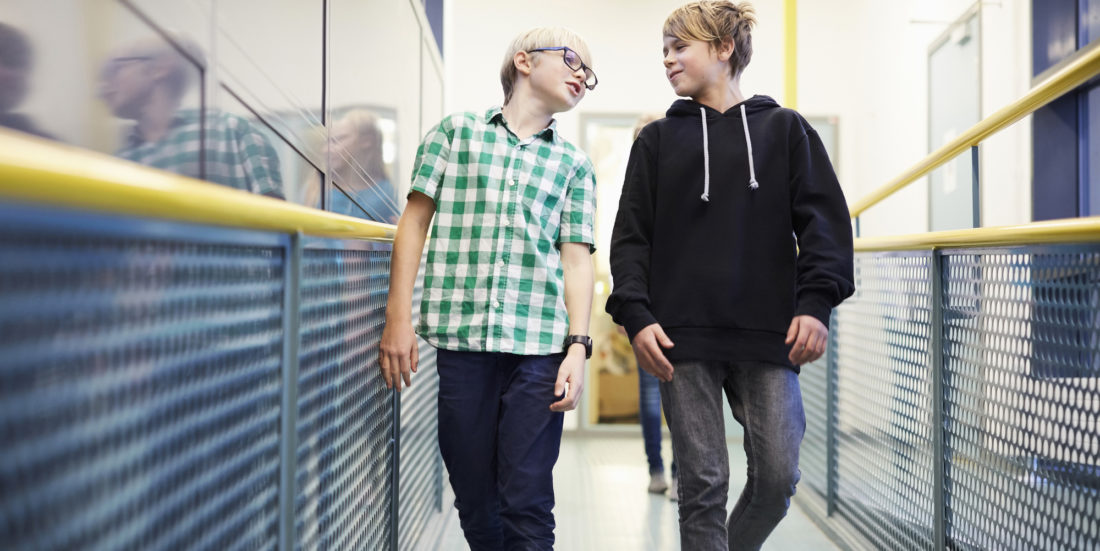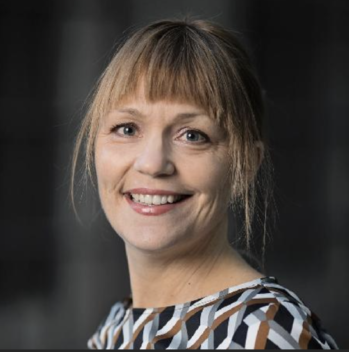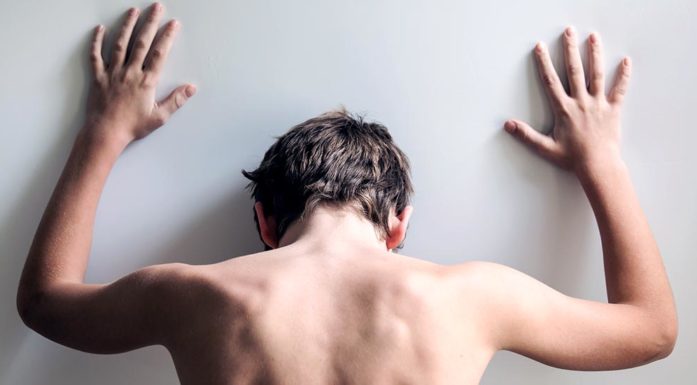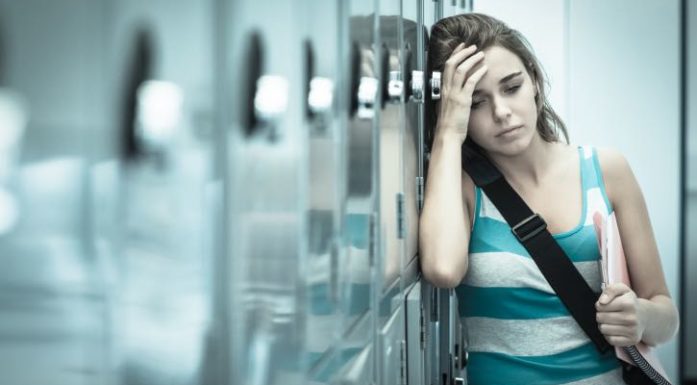Transition to lower secondary school is positive for most pupils
Lower secondary school means grades, more tests and more freedom. On top of all that you have the major physical developments that the body is undergoing. Yet the vast majority of pupils find the transition to lower secondary school positive, according to research from NTNU.
Transitions are a natural part of life, but little research has been done on the transition from primary school to secondary school.
“A lot of people might first think of the transition to lower secondary school as a change of school, but in reality it’s about much more than a physical move. Not all pupils change schools – some go to the same school for grades 1 through 10 – but even then there are contextual changes that trigger a transition for them as well,” says Gro Marte Strand, an associate professor at NTNU’s Department of Teacher Education.
“For example, all pupils will go through an academic transition, partly due to the fact that they will receive grades for the first time, along with some new subjects.”
Strand is behind a survey in which pupils, parents, teachers and school directors shared their experiences and perspectives on the transition from primary to lower secondary school. The survey is based on three qualitative sub-studies and reviews of the literature.
Particularly complex transition
The shift to lower secondary school is made particularly complex because the transition takes place at the same time as the 12 to 13-year-olds are undergoing a biological transition.
“Puberty itself brings with it physical, social, personal and emotional changes. The sum of the physical, social, professional, cultural, emotional, biological and personal transitions all influence each other and can contribute to perceiving the transition to the lower secondary level as being particularly complex,” says Strand.
She advises parents and teachers that it’s wise to avoid too much focus on grades before the pupils start school.
Strand wants to emphasize that despite all these changes, the vast majority of pupils in her survey reported that they had a positive transition.
She believes that the school’s task is to help the pupils find the right balance between the known and the unknown, so that they all can experience a positive start to their lower secondary school years.
The enormous importance of friendship
The young teens report that having friends and the support of their peers is very important, as well as feeling that they belong.
“Friendship is of course important for everyone regardless of age. My study shows that having friends and someone in your class that you know well from before and can trust is the most important prerequisite for pupils to experience a positive school transition,” says Strand.
“Conversely, exclusion and bullying are key reasons why some pupils have a bad transition experience.”
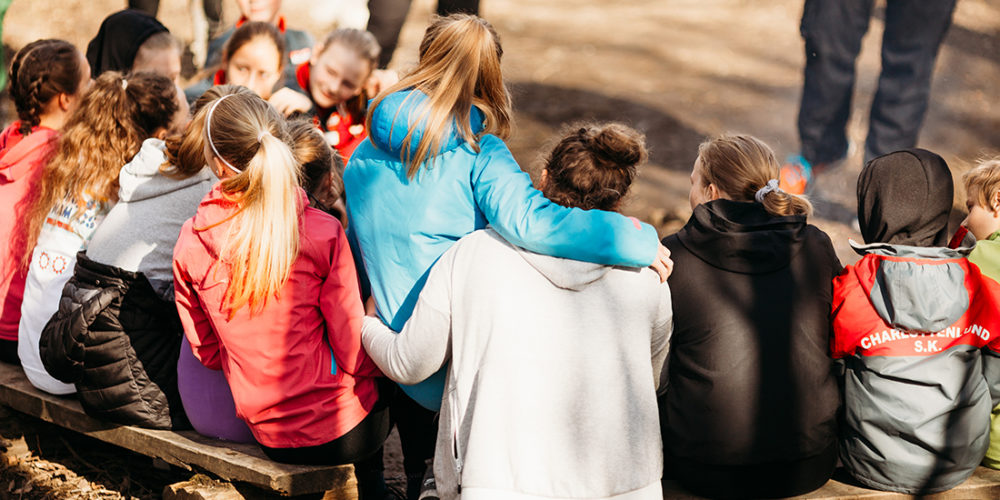
In primary school the young teens are the oldest pupils. In lower secondary school they become the youngest, and the changes are many. But for the vast majority the transition seems to go well. Photo: Julie Gloppe Solem, NTNU
Strand’s survey shows that students find it important to know that their desire to have a friend in their new lower secondary class is considered.
Pupils want to know that this need is recognized. Strand says that when pupils feel prepared for what meets them and have positive expectations, it lays the groundwork for a positive transition.
“Pupils fare much better if they have an idea what to expect at the lower secondary level. There are a lot of misconceptions about lower secondary school, so it’s important for the primary school teachers to actually know the school the pupils will be attending, so that they’ll be properly prepared,” says Strand.
She advises parents and teachers that it is wise to avoid too much focus on grades before they start school, as this can scare students and contribute to unnecessary and excessive performance pressure when they start 8th grade.
- You might also like: Why writing by hand makes kids smarter
What makes the transition challenging?
For the pupils, lower secondary school means the introduction of grades, increased learning pressure, more tests and more demanding instruction. The school also expects them to take more responsibility for their homework and school supplies.
The pupils found that their primary school teachers were not prepared for what the young teens would actually face and that there was little dialogue between the schools.
“The teachers I interviewed made a very wise comment that I think everyone should take with them: The pupils don’t start out being lower secondary pupils on the first day of school, but gradually they will become lower secondary pupils.”
The teachers confirm that they also believe primary and lower secondary schools should collaborate better, which could avoid several of the challenges the pupils face when starting in a new school environment.
If pupils additionally do not feel a sense of belonging in their new class, it can negatively affect their academic and emotional development, and they will not find the transition to lower secondary school to be a positive move.
Becoming young adolescents
In the survey, the parents, teachers and pupils themselves report that their experience was one of growing into lower secondary school. This was a positive experience despite the challenges.
The pupils felt that they had outgrown primary school and that they needed something new. They appreciate several aspects of lower secondary school, including greater freedom, that they are responsible for being in the right place at the right time with the right books, and that they have electives.
These changes and transitions from primary school are ones that they experience as positive and that give the young teens in the survey the feeling of being recognized as such.
“The teachers I interviewed made a very wise comment that I think everyone should take with them: The pupils don’t start out being lower secondary pupils on the first day of school, but gradually they will become lower secondary pupils. The transition to secondary school also includes learning, understanding and becoming part of secondary school, and it takes time. The students should be given the time and transition support they need over a longer period, including once they’ve started 8th grade,” says Strand
Strand’s study is based on reviews of the literature and the findings of three qualitative sub-studies where pupils, parents, teachers and school directors share their experiences and perspectives on the transition to a Norwegian lower secondary school. The pupils also wrote letters about their transition experiences on three occasions.
Source: Strand, G. M. ( 2021). Elevenes overgang til ungdomstrinnet – muligheter og utfordringer (Pupils’ transition to lower secondary level – opportunities and challenges). I M. B. Postholm, P. Haug, R. J. Krumsvik & E. Munthe (Ed.), Elev i skolen. Mangfold og mestring (Pupils in school. Diversity and mastery.) Cappelen Damm AS.
